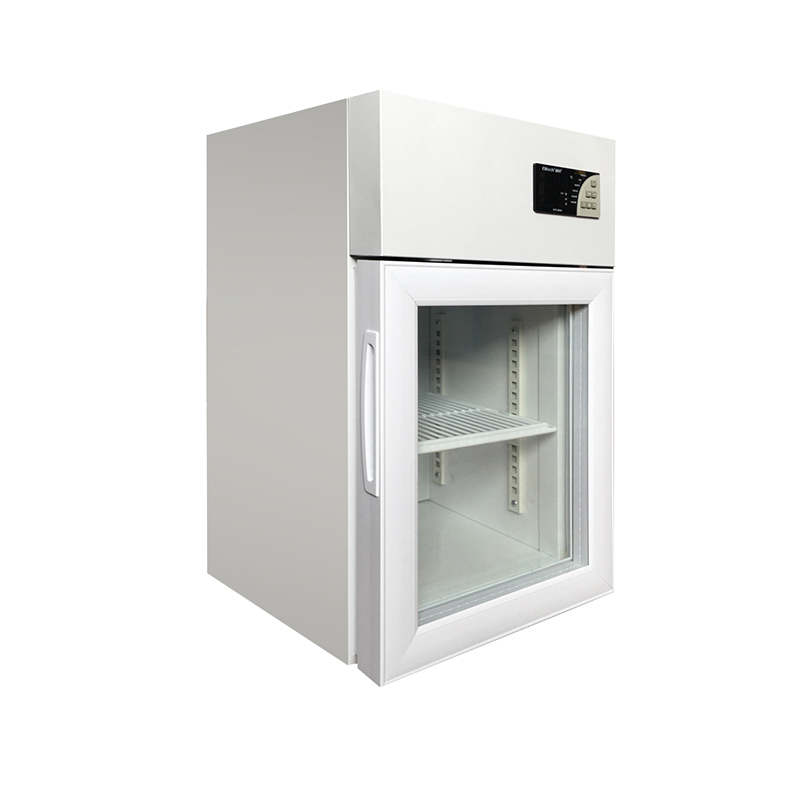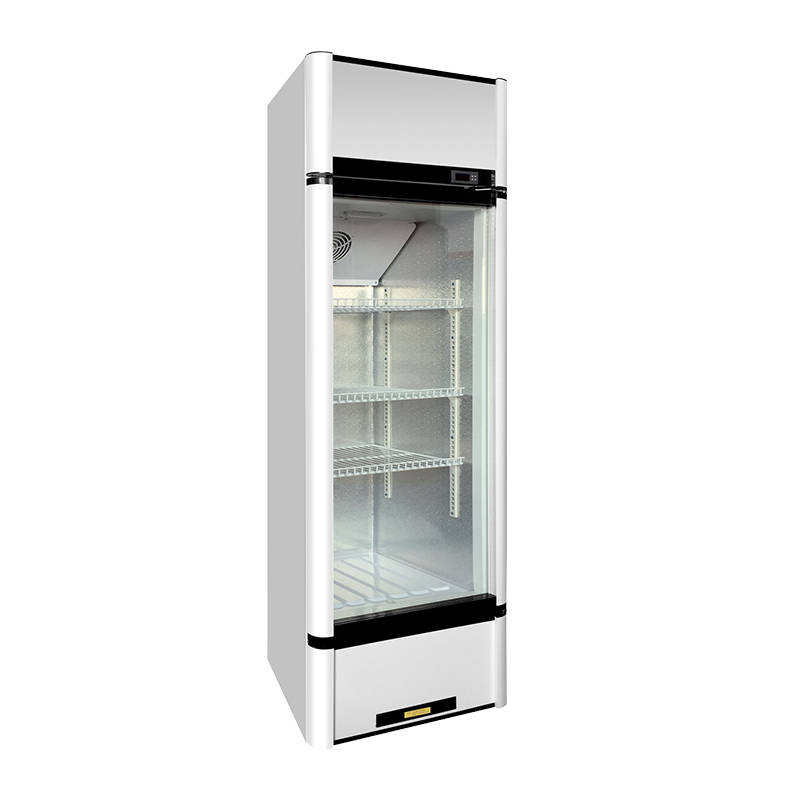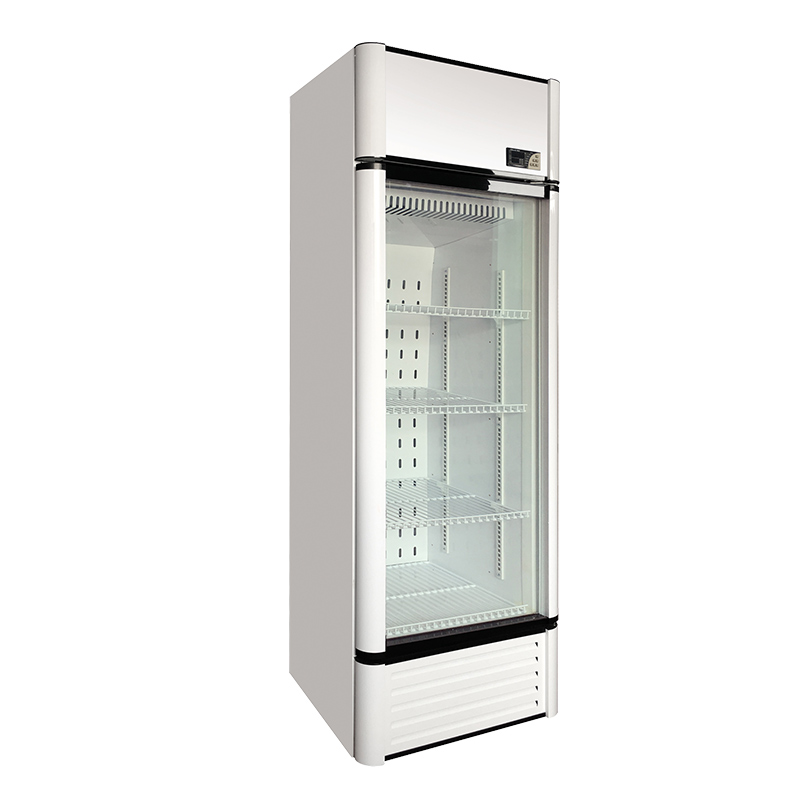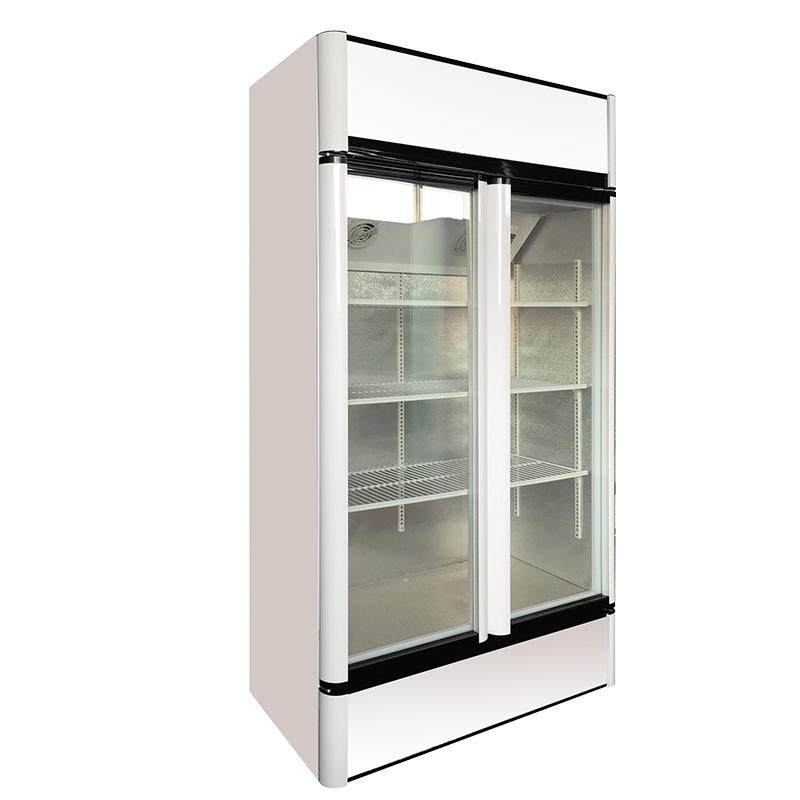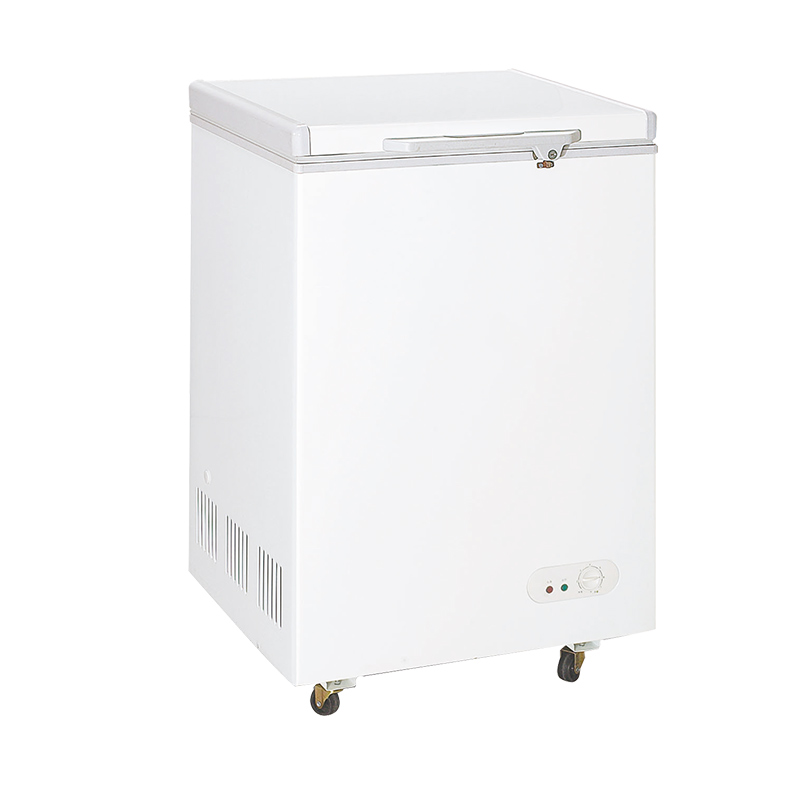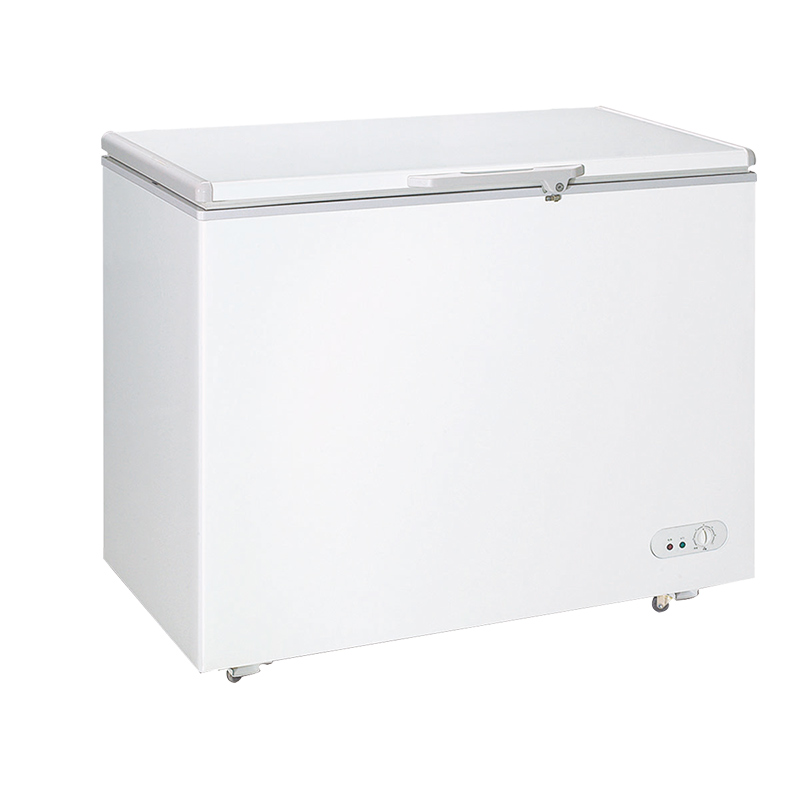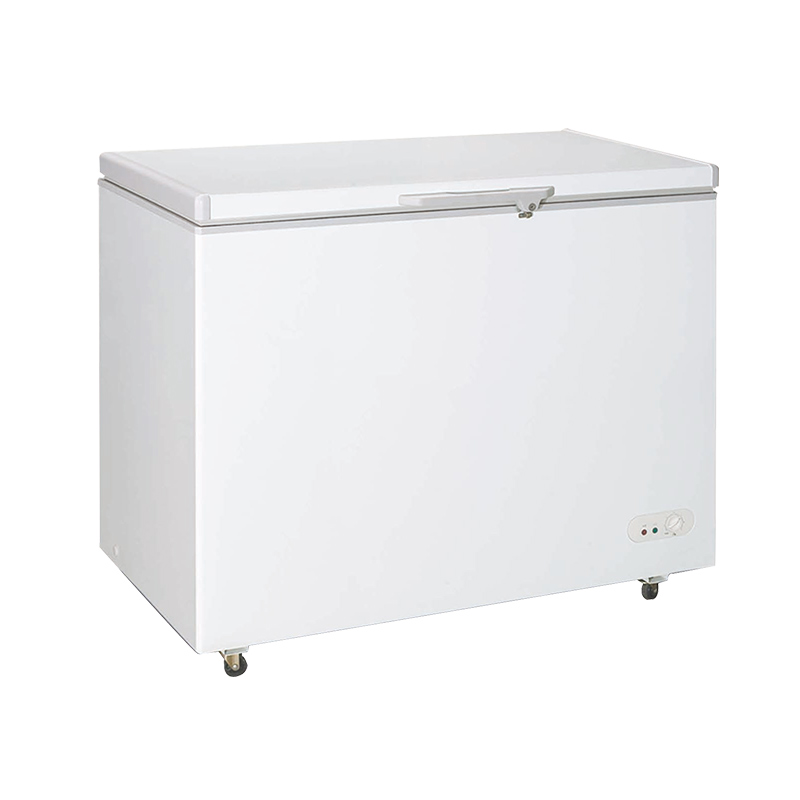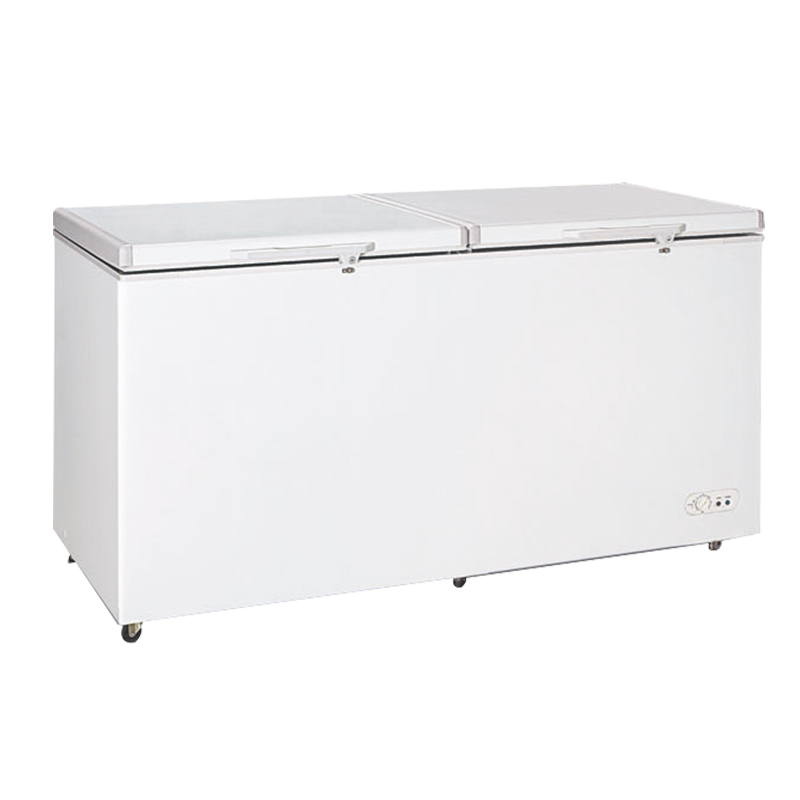When designing home appliances, materials and manufacturing processes play a crucial role in determining the product's performance, aesthetics, durability, and cost-effectiveness. The choice of materials and manufacturing methods can vary depending on the type of appliance and its intended use, but there are some common considerations. Here are materials and manufacturing processes typically considered when designing home appliances:
Materials:
Stainless Steel: Stainless steel is a popular choice for surfaces and exteriors of appliances like refrigerators, ovens, and dishwashers due to its durability, resistance to corrosion, and modern appearance.
Aluminum: Aluminum is lightweight, corrosion-resistant, and often used in components like appliance frames and some kitchen gadgets.
Plastics: Various types of plastics, including ABS, polycarbonate, and polypropylene, are used for housing, handles, and control panels due to their versatility and cost-effectiveness.
Glass: Tempered glass is used for oven doors, stovetop surfaces, and refrigerator shelves because of its transparency and heat resistance.
Ceramics: Ceramics are used for stove burners, cooktops, and microwave interiors due to their heat resistance and easy cleaning.
Copper and Aluminum Alloys: These materials are used in heat exchangers and coils for appliances like refrigerators and air conditioners.
Insulation Materials: For appliances requiring insulation, materials like fiberglass or foam are used to improve energy efficiency.
Manufacturing Processes:
Injection Molding: Used for creating plastic components, including buttons, knobs, and housing parts.
Sheet Metal Fabrication: Commonly used for making appliance frames, panels, and doors from materials like stainless steel and aluminum.
Die-Casting: Used for manufacturing components that require precision, like aluminum or zinc alloy parts for coffee makers and food processors.
Extrusion: Used to create components with a consistent cross-section, such as refrigerator door gaskets or plastic tubing.
Welding: Welding processes like spot welding and TIG welding are used to join metal components, such as the seams of washing machine drums or refrigerator cabinets.
Glass Tempering: For creating tempered glass surfaces and doors, which are more resistant to heat and impact.
CNC Machining: Precision machining methods are used to create specific parts, such as control panels or knobs, from various materials.
Coating and Painting: Techniques like powder coating or enamel painting are used to protect and finish metal surfaces, ensuring corrosion resistance and aesthetics.
Heat Treatment: Used for strengthening and hardening metal components in appliances like ovens and cooktops.
Assembly: Automated and manual assembly processes bring together various components to create the final appliance product.
The selection of materials and manufacturing processes is influenced by factors such as cost, performance requirements, aesthetics, and manufacturing scalability. Manufacturers carefully consider these factors to create home appliances that meet customer expectations while optimizing production efficiency. Additionally, advancements in materials science and manufacturing technology continue to influence the design and production of home appliances, enabling innovations in both performance and sustainability.
Ningbo Coolstar Refrigeration Equipment Co., Ltd is China Home appliance product design Solutions and Home appliance product design Service, dedicated in the home appliance area since 2008, involved in the manufacturing of refrigeration products of refrigerator, freezer, display cabinet and other refrigeration products.


 English
English عربى
عربى